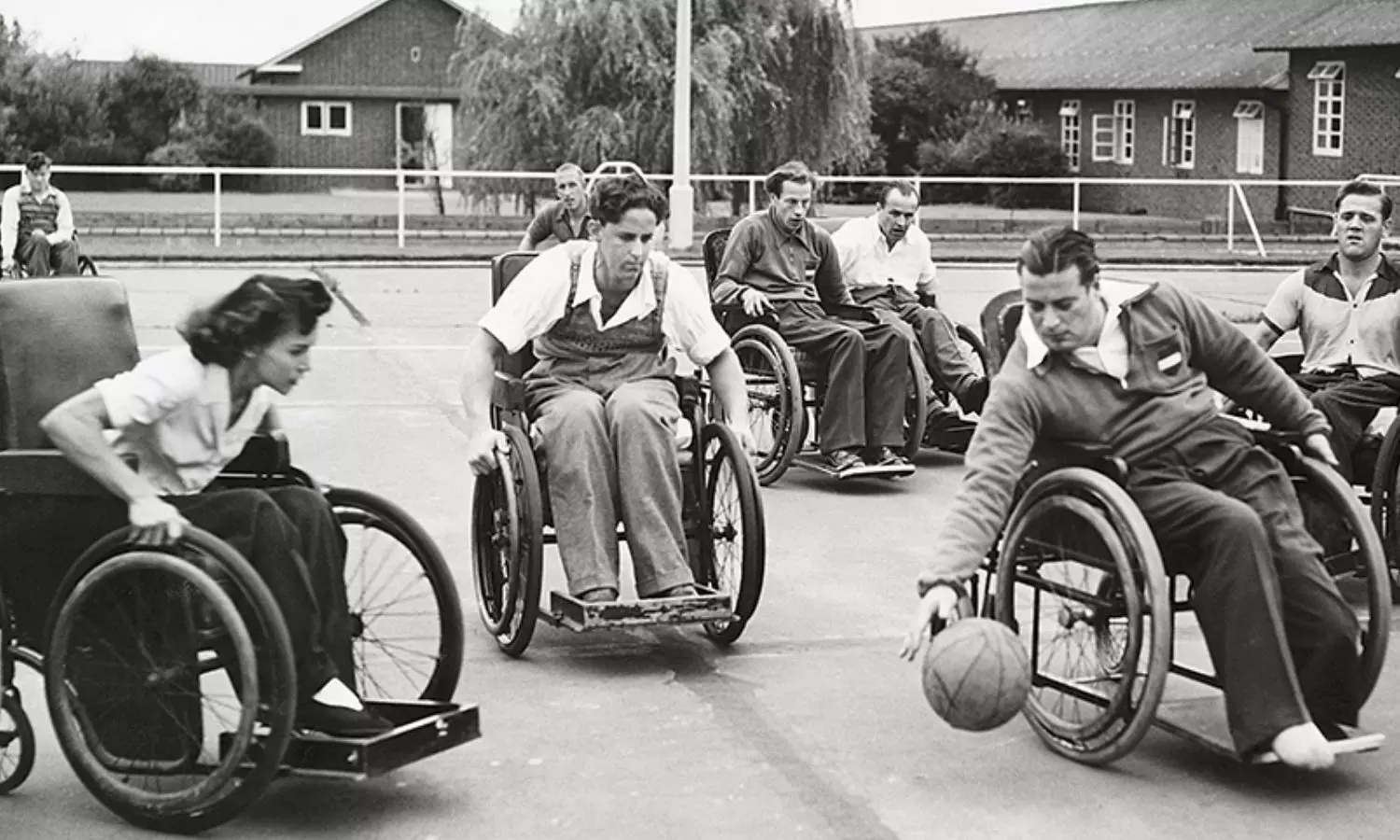Tokyo 2020 Paralympics
A brief history of the Paralympic Games: All you need to know
Sports does not know discrimination and the Paralympics, since its inception, has been a step forward in promoting inclusivity and unification through sports.

Existing parallely with the Olympic Games, the Paralympics also comes once in every four years. Following in quick succession of the conclusion of the Olympic Games, the Paralympics also take place in the same host city and attracts disabled athletes to vie for their shot at Olympic glory.
While the Olympic Games, spearheaded by Pierre de Coubertin goes back to 1896 Athens, the first instance of the Paralympic Games took place much later in 1960 Rome.
Sports has long since been identified by its unifying nature and therefore, it has never made itself restricted to select sections. Aimed at keeping the body - both physically and mentally, healthy and active, sports as an activity is not an exclusive affair, but rather an inclusive activity.
Therefore, much before the Paralympics even came to exist officially, there were several competitions and events and dedicated clubs for disabled people to engage in. As early as 1888, Berlin had sports clubs for the deaf, as well.
The Paralympic Movement
The Paralympics as a full-fledged movement happened due to Dr. Ludwig Guttmann, at the request of the British government in 1944 started a spinal injuries centre at the Stoke Mandeville Hospital in Great Britain.
As the nation crumbled under impact of the Second World War and the horrors it had unleashed, chief of which were conditions like PTSD (post-traumatic stress disorder), sports was the need of the hour to rehabilitate the war-returned army men.
In 1948, Guttmann helped organize the first-ever sports competition for war veterans with spinal cord injuries. Also known as the Stoke Mandeville Games, Guttmann made the first day of the competition coincide with that of the 1948 London Olympics.
16 injured war servicemen and women came in as the first-ever participants and took part in archery. Soon, in 1952, Dutch servicemen also joined the competition and gave the Games an international flavour.
However, it was only in 1960 Rome that the first Paralympic Games took place, in the quadrennial fashion that is followed till date. Only in 1976 did the Winter Paralympics also get added into the fold as well.
The 1960 Rome Paralympics saw 400 para athletes from 23 countries flocking to Italy to take part in the sporting extravaganza.
In 1989, things took a more firm shape as the International Paralympic Committee was founded in Dusseldorf, Germany to administer the Paralympic Movement and take care of the athletes through its non-profit efforts.
Currently, there are six different disability groups - amputee, cerebral palsy, visual impairment, spinal cord injuries, intellectual disability, and "les autres" (athletes whose disability does not fit into one of the other categories, including dwarfism), under which the Paralympics are played.
There is a further division among these groups for better classification which is based on the type and extent of their disabilities. Athletes who compete individually may also change their disability status depending on their condition with every Games.
With 22 sports on offer, badminton and taekwondo being the latest of admissions in the Paralympics, the Tokyo edition promises to be an exciting one.
The number of athletes has also increased exponentially and over 3686 para athletes are expected to participate in the Games this time from as many as 136 countries. India is also going to send its largest paralympic contingent this time to Tokyo and medals are assured to come this way!
